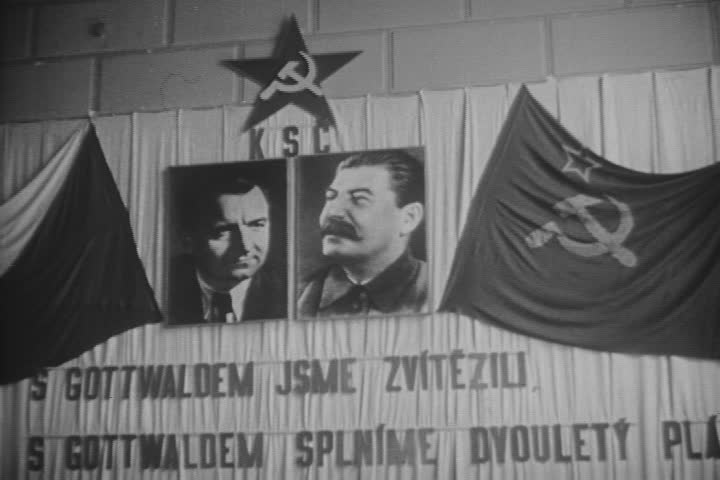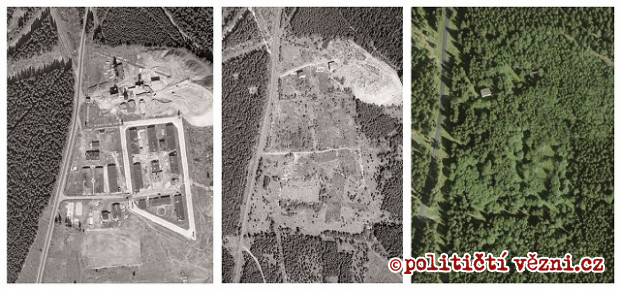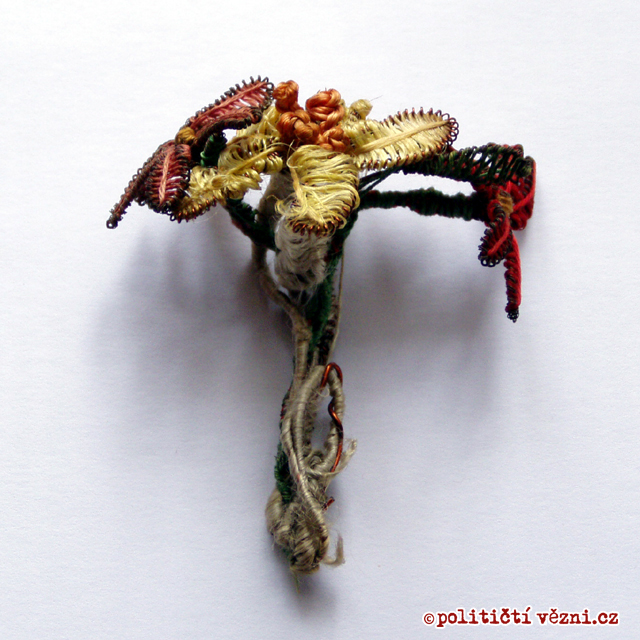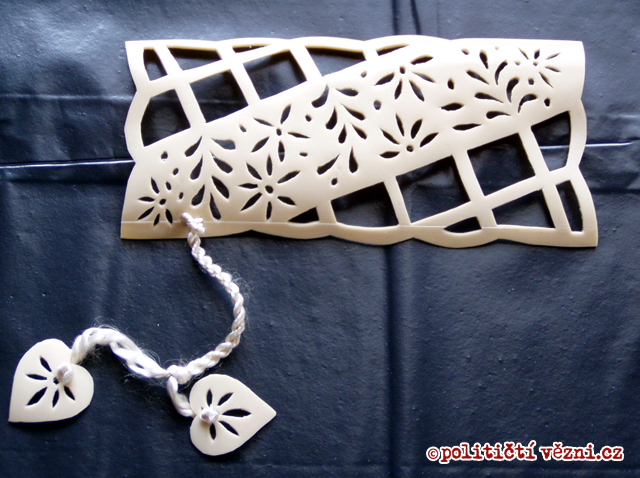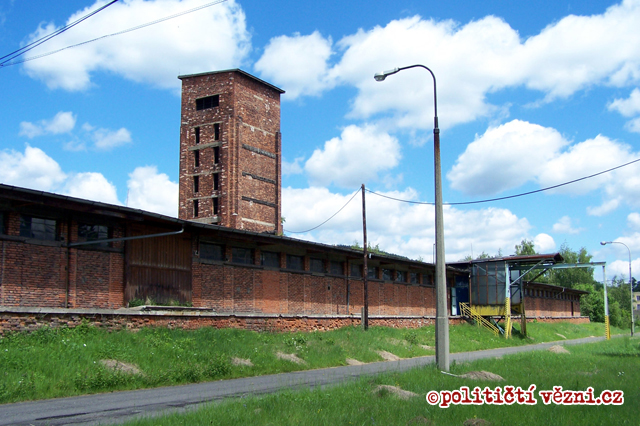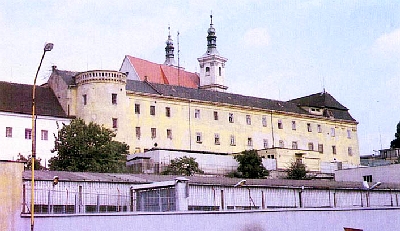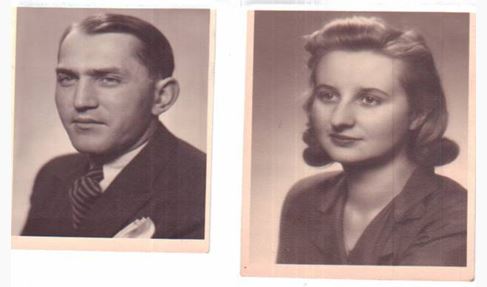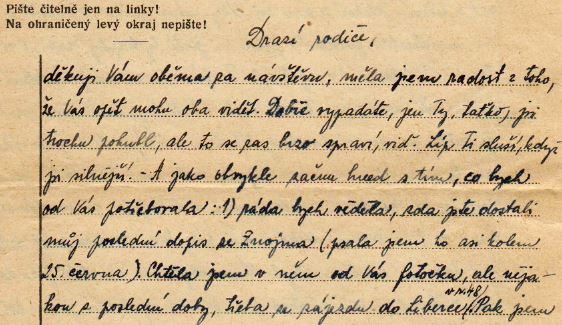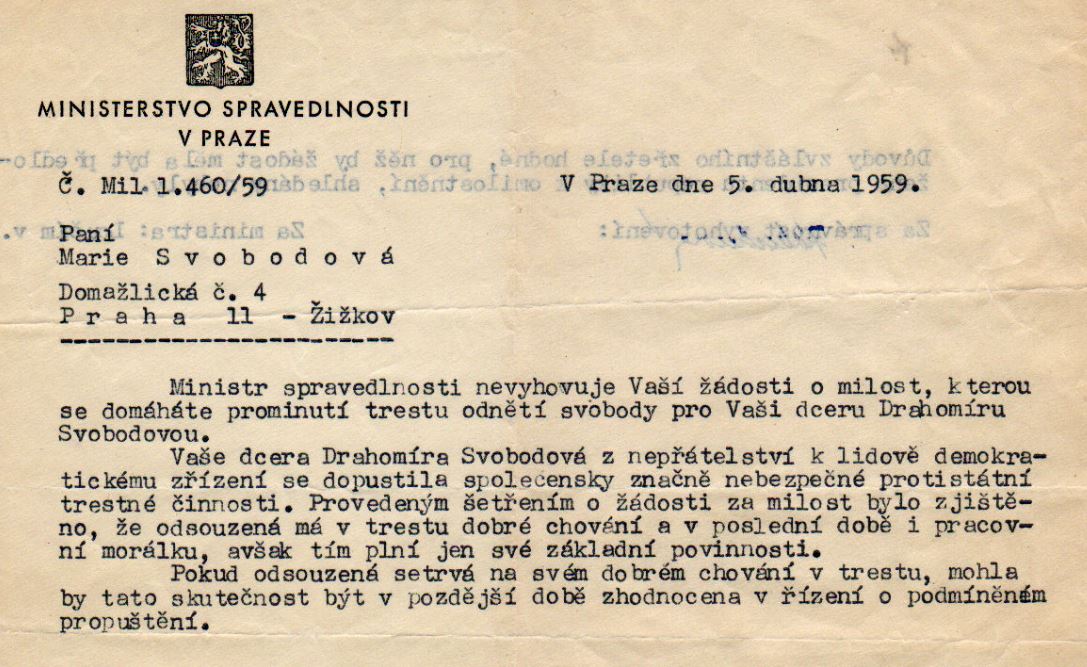Czechoslovakia
Historical Overview
The development of the Czechoslovakian society in the postwar was an important historical break in its story. The relations in Europe changed since the European political field got two new great powers, the Soviet Union and the United States of America. They fought together to knock down Nazi Germany. After the victory, the interests of these two countries were increasingly different until they divided into two antagonistic blocks.
(Pokračování článku)Nikolaj Camp (codename A)
The Nikolaj Camp was one of the 18 prisoner labour camps operated by the Czechoslovak communist regime in the uranium mines of the Jáchymov, Horní Slavkov and Příbram regions. It was established in 1951 on the site of a former forced labour camp and shut down in 1958. Nikolaj, with a capacity of almost one thousand prisoners, was infamous for its brutal regime. In the early years, political prisoners represented a very small minority of its inmates and were often subject to open violence by the warders and other prisoners.
(Pokračování článku)Study on Leukemia in the Czechoslovak Uranium Miners
Radon exposure has had long-lasting impacts on the health of Czechoslovak uranium miners, many of whom were political prisoners. While it is well known that radon exposure causes lung cancer, this study found that leukemia, and particularly chronic lymphocytic leukemia (CLL), was also significantly associated with this exposure.
(Pokračování článku)Woman and her identity in the prison subculture in the 1950s Introduction
The paper presented by Klára Pinerová at the XVI. International Oral History Conference, "Between Past and Future: Oral History, Memory and Meaning" in Prague.
(Pokračování článku)Women in communist prisons in the 1950s in Czechoslovakia: Understanding psychological effects of political imprisonment and ways of coping using oral history
The paper presented by Kristýna Bušková at the XVI. International Oral History Conference, "Between Past and Future: Oral History, Memory and Meaning" in Prague.
(Pokračování článku)The Fate of Czechoslovak Political Prisoners after Release
The full rehabilitation of Communist and non-Communist victims of Stalinist repression represented a major problem for the Czechoslovak Communist regime for decades.
(Pokračování článku)Escape from Ilava
Towards the end of the year1950 a transport of eighty plus prisoners was sent in two busloads from the notorious jail Bory, near Pilsen, to the near empty jail in Ilava in western Slovakia...
(Pokračování článku)Our Childhood Experience with Communism
The Memories of the daughters of a political prisoner – Maria a Jana Jurčovičová from Slovakia. This paper was presented at the International Youth Conference in Prague: "Life Stories of Victims of Stalinism".
(Pokračování článku)Letter from Prison
Each letter from prison had to be censored in Communist Czechoslovakia, because it might have contained some forbidden information, complaints about treatment, or a negative comment on Communism.
(Pokračování článku)Suit for Pardon
The reply from the Ministry of Justice on a suit for pardon of Drahomíra Svobodová (nowadays Stuchlíková) dated 1959.
(Pokračování článku)Main Prisons and Forced Labour Camps in Communist Czechoslovakia
This map presents the main prisons and forced labour camps in communist Czechoslovakia.
(Pokračování článku)
